SLVSB97E July 2012 – January 2018 TPS23751 , TPS23752
PRODUCTION DATA.
- 1 Features
- 2 Applications
- 3 Description
- 4 Revision History
- 5 Pin Configuration and Functions
-
6 Specifications
- 6.1 Absolute Maximum Ratings
- 6.2 ESD Ratings
- 6.3 ESD Ratings: Surge
- 6.4 Recommended Operating Conditions
- 6.5 Thermal Information
- 6.6 Electric Characteristics - Controller Section
- 6.7 Electrical Characteristics - Sleep Mode (TPS23752 Only)
- 6.8 Electrical Characteristics - PoE Interface Section
- 6.9 Typical Characteristics
-
7 Detailed Description
- 7.1 Overview
- 7.2 Functional Block Diagrams
- 7.3 Feature Description
- 7.4
Device Functional Modes
- 7.4.1 PoE Overview
- 7.4.2
Sleep Mode Operation (TPS23752 only)
- 7.4.2.1 Converter Controller Features
- 7.4.2.2 PWM and VFO Operation; CTL, SRT, and SRD Pin Relationships to Output Load Current
- 7.4.2.3 Bootstrap Topology
- 7.4.2.4 Current Slope Compensation and Current Limit
- 7.4.2.5 RT
- 7.4.2.6 T2P, Startup and Power Management
- 7.4.2.7 Thermal Shutdown
- 7.4.2.8 Adapter ORing
- 7.4.2.9 Using DEN to Disable PoE
- 7.4.2.10 ORing Challenges
-
8 Application and Implementation
- 8.1 Application Information
- 8.2
Typical Application
- 8.2.1 Design Requirements
- 8.2.2
Detailed Design Procedure
- 8.2.2.1 Input Bridges and Schottky Diodes
- 8.2.2.2 Protection, D1
- 8.2.2.3 Capacitor, C1
- 8.2.2.4 Detection Resistor, RDEN
- 8.2.2.5 Classification Resistor, RCLS
- 8.2.2.6 APD Pin Divider Network, RAPD1, RAPD2
- 8.2.2.7 Setting the PWM-VFO Threshold using the SRT pin
- 8.2.2.8 Setting Frequency (RT)
- 8.2.2.9 Current Slope Compensation
- 8.2.2.10 Voltage Feed-Forward Compensation
- 8.2.2.11 Estimating Bias Supply Requirements and Cvc
- 8.2.2.12 Switching Transformer Considerations and RVC
- 8.2.2.13 T2P Pin Interface
- 8.2.2.14 Softstart
- 8.2.2.15 Special Switching MOSFET Considerations
- 8.2.2.16 ESD
- 8.2.2.17 Thermal Considerations and OTSD
- 8.2.3 Application Curves
- 9 Power Supply Recommendations
- 10Layout
- 11Device and Documentation Support
- 12Mechanical, Packaging, and Orderable Information
Package Options
Mechanical Data (Package|Pins)
- PWP|16
Thermal pad, mechanical data (Package|Pins)
- PWP|16
Orderable Information
6.9 Typical Characteristics
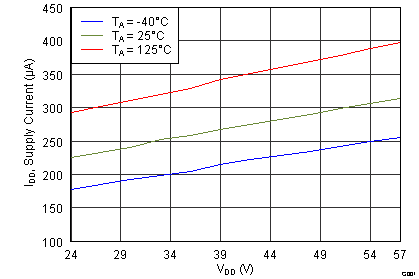 Figure 4. Supply Current vs Supply Voltage
Figure 4. Supply Current vs Supply Voltage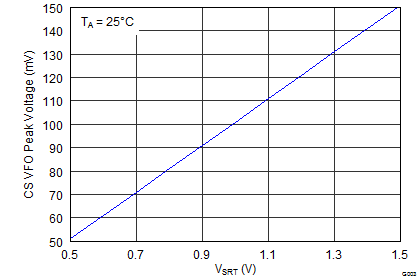 Figure 6. CS VFO Peak Voltage vs SRT Voltage
Figure 6. CS VFO Peak Voltage vs SRT Voltage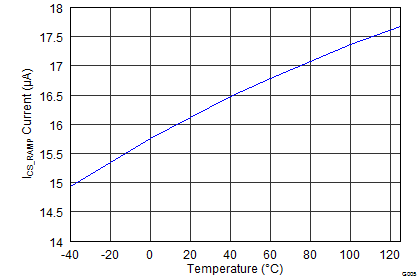 Figure 8. CS Ramp Current vs Temperature
Figure 8. CS Ramp Current vs Temperature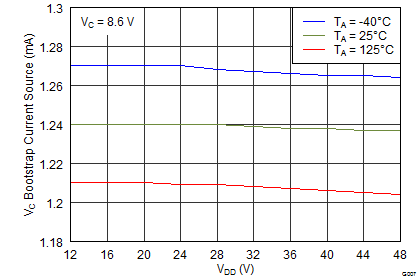 Figure 10. VC Bootstrap Current Source vs Supply Voltage
Figure 10. VC Bootstrap Current Source vs Supply Voltage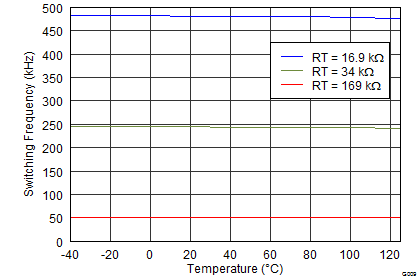 Figure 12. Switching Frequency vs Temperature
Figure 12. Switching Frequency vs Temperature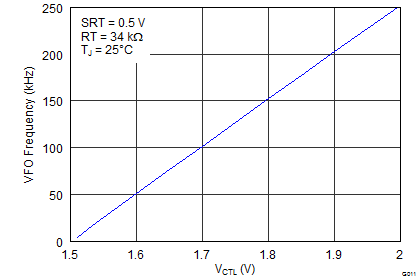 Figure 14. VFO Frequency vs CTL Voltage
Figure 14. VFO Frequency vs CTL Voltage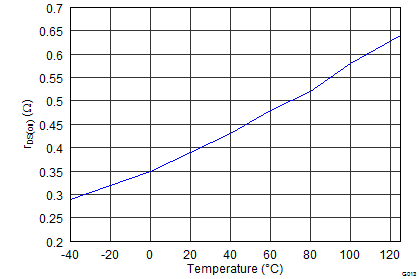 Figure 16. rDS(on) vs Temperature
Figure 16. rDS(on) vs Temperature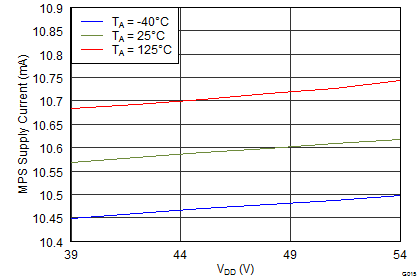 Figure 18. MPS Supply Current vs Supply Voltage
Figure 18. MPS Supply Current vs Supply Voltage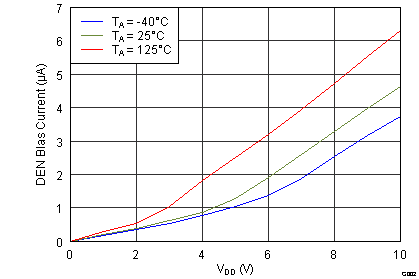 Figure 5. DEN BIas Current vs Supply Voltage
Figure 5. DEN BIas Current vs Supply Voltage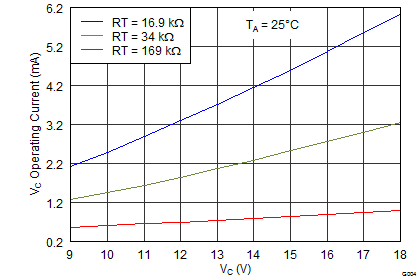 Figure 7. VC Operating Current vs VC Voltage
Figure 7. VC Operating Current vs VC Voltage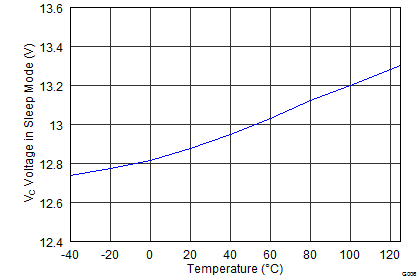 Figure 9. VC Voltage in Sleep Mode vs Temperature
Figure 9. VC Voltage in Sleep Mode vs Temperature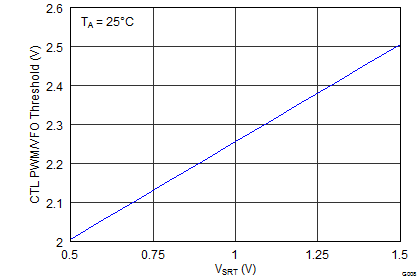 Figure 11. CTL PWM/VFO Threshold vs SRT Voltage
Figure 11. CTL PWM/VFO Threshold vs SRT Voltage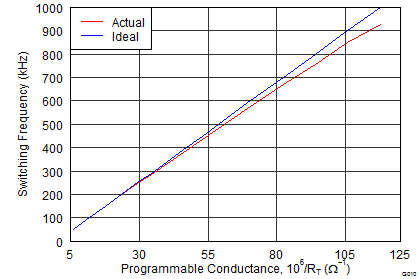 Figure 13. Switching Frequency vs Programmable Conductance
Figure 13. Switching Frequency vs Programmable Conductance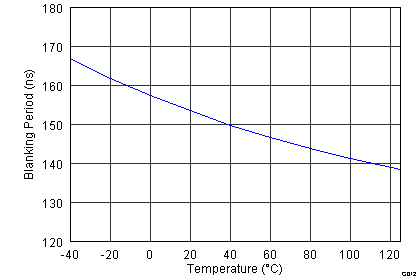 Figure 15. Blanking Period vs Temperature
Figure 15. Blanking Period vs Temperature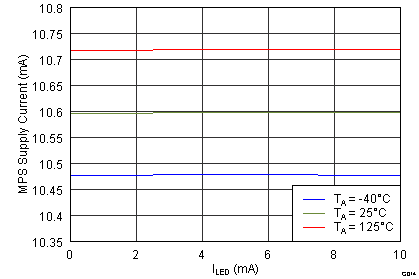 Figure 17. MPS Supply Current vs LED Current
Figure 17. MPS Supply Current vs LED Current